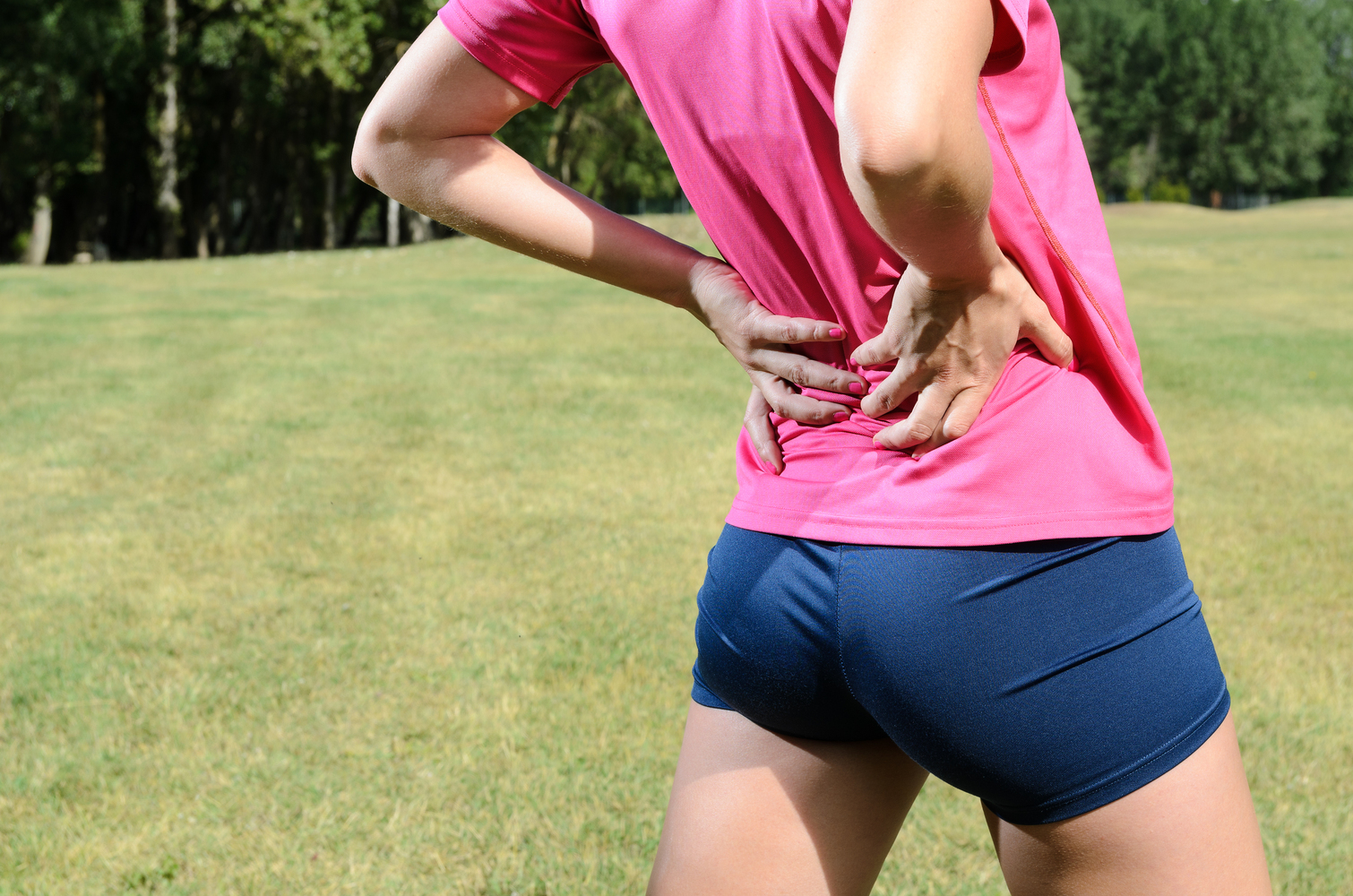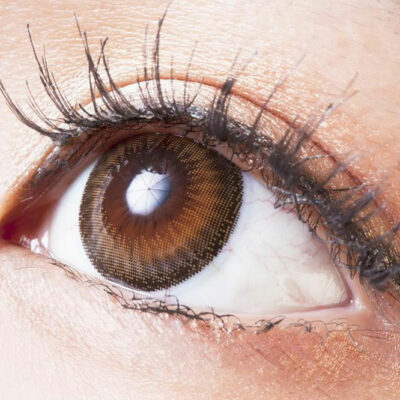
5 Early Symptoms of Osteoporosis
Bones are a living tissue, like every part of ourselves, and like every living tissue in our bodies, it’s constantly in a state of renewal. New bones are made and old bones are broken down and released. When you’re below the age of 30, this process is a lot more effective and even adds to your overall bone mass.
Osteoporosis is the weakening of bone tissue, meaning your bones are breaking down faster than your body can renew them. This causes them to become brittle, making even simple things such as bending over or bumping into something, a risk for a fracture. Here are some of the early signs of osteoporosis to look for:
1. Decreased strength
Our bones are one of the most structurally important parts of our bodies, holding us up and giving strength to our muscle tissues that allow us to do things as simple as walking. If you’re feeling weak, perhaps unable to do mundane things without more effort, followed by feelings of fatigue, it may be an early warning sign.
2. Stooped posture
A common sign of bone deterioration is a curving of the spine, resulting in a hunched over posture. This can be a hindrance for simple things such as reaching up high to get something, or even impeding one’s ability to dress themselves. This posture problem and the breaking down of bones can even manifest as loss of height over time.
3. Fractures that occur easier than expected
It can be pretty startling when stubbing your toe results in the toe breaking, but that’s a pretty common early sign of osteoporosis. The most common fractures for people with osteoporosis are in the hip, wrist or spine. Spinal fractures can result in the symptom mentioned in the previous paragraph.
4. Receding gums
Less common, but still something to look out for, are receding gums. Calcium deficiencies in a condition like osteoporosis are connected to bone loss in the mouth, which can result in something like a receding gum line and thin, unhealthy gums.
5. Bone pain
This one feels like an obvious symptom, but it can easily be overlooked if you aren’t used to paying attention to pain in your bones. It can be mistaken for soreness or common aches for someone over the age of 30, but if it becomes noticeably worse or doesn’t go away on its own, it can be an early sign of the breaking down of bone tissues.
Risk factors for osteoporosis can be caused by unchangeable things such as your sex or race, your hormone levels or thyroid problems, or caused by things you can affect, such as low calcium intake, not being active enough, or excessive drinking of alcohol. Bone deterioration can be a scary condition to go through, with risk factors that are out of the control of the patient, such as sex or age. But treatment can start as soon as possible if people are educated on the early signs of osteoporosis.


